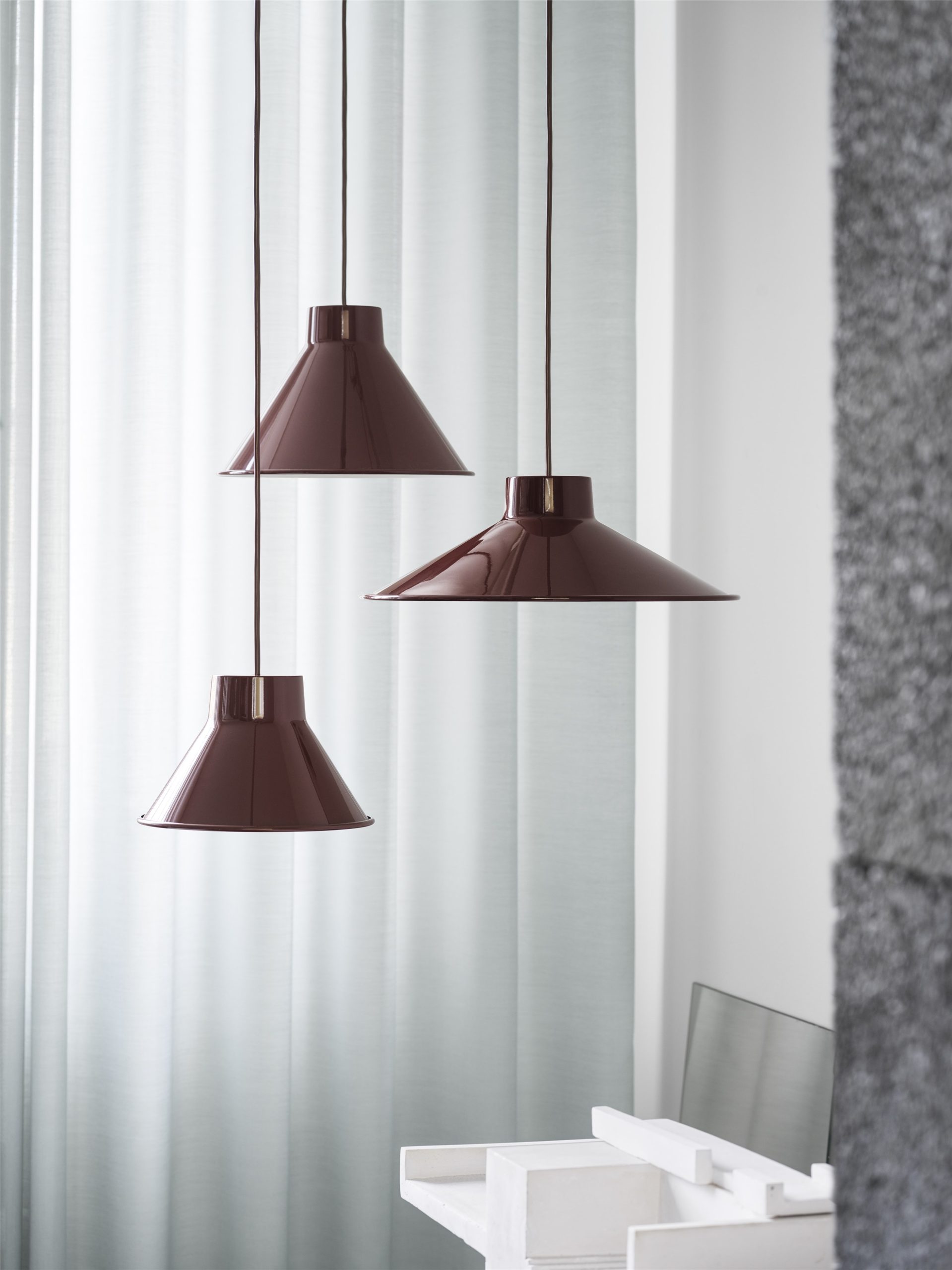
Differences Between Ambient, Accent, and Task Lighting
A Guide to Select Between Task, Accent, and Ambient Lighting
Lighting plays a pivotal role in interior design, not just as a functional necessity but as a key element in creating atmosphere and mood.
It has the power to transform spaces, enhance aesthetics, and influence our daily experiences. In this exploration, we delve into the three fundamental types of lighting that are essential to any well-designed space: task, accent, and ambient lighting.
Each type serves a unique purpose, from providing focused illumination for specific activities to creating an overall ambience and highlighting key design features. Understanding the nuances of task, accent, and ambient lighting is crucial for anyone looking to create a harmonious, well-lit environment that balances practicality with aesthetic appeal.
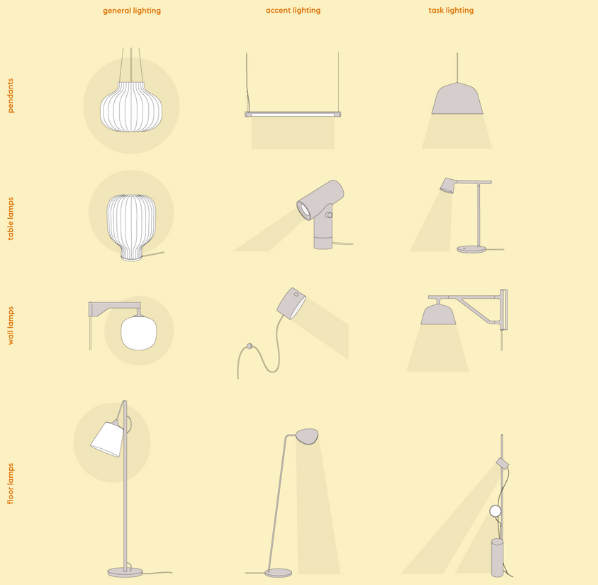
| Type | Definition | Examples | Primary Use |
| Task | Focused on specific tasks like reading, cooking, or working. | Desk lamps, under-cabinet lights, reading lights. | Enhancing visibility and reducing eye strain during specific activities. |
| Accent | Strategic lighting to highlight features like artwork or architectural elements. | Wall sconces, track lighting, spotlighting. | Creating visual interest and highlighting key aspects of a room’s decor. |
| Ambient | General light that provides overall illumination and sets the mood of a space. | Ceiling fixtures, chandeliers, LED strips. | Setting the general mood and tone of a room, providing uniform light. |
Task Lighting
Task lighting stands as a key player in functional interior design. Its primary role? To illuminate specific areas for activities like reading, cooking, or working. This targeted light ensures you have the right amount of light exactly where you need it. Consider desk lamps and under-cabinet lights. These are quintessential examples of task lights. They focus light directly onto workspaces, making tasks easier and reducing eye strain.

Choosing the Perfect Task Light: A Practical Guide
Selecting the right task light depends on your activity. For reading, opt for a lamp with adjustable brightness. In the kitchen, under-cabinet lights offer clarity for food preparation. The key is to find lights that provide sufficient brightness without causing glare.
The Impact: Enhancing Productivity and Comfort
Task lights do more than illuminate; they enhance your productivity and comfort. Proper light minimises eye fatigue and headaches, making it easier to focus on your tasks. Whether you’re reading a book or chopping vegetables, the right task light makes all the difference.
Accent Lighting
Accent light is a dynamic tool in interior design, used to spotlight unique features and create visual interest. Its role? To draw attention to specific areas or objects, adding depth and dimension to a room. This strategic lighting type transforms ordinary spaces into captivating scenes. Think wall sconces and track lighting. Wall sconces provide a soft glow, highlighting artwork or architectural details. Track lighting, adjustable and versatile, directs focus to specific points, like a gallery wall or a sculpture.
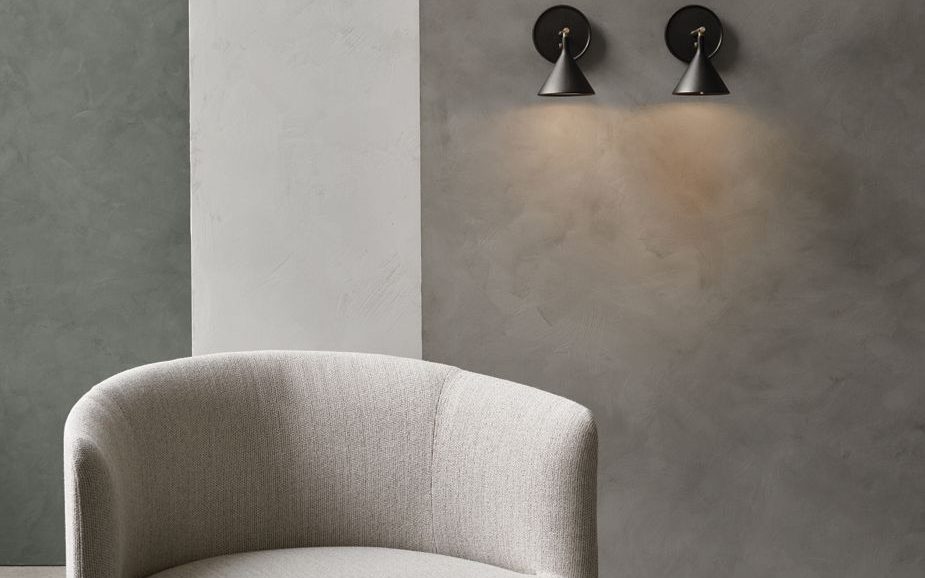
Creative Uses of Accent Lighting
Accent light isn’t just functional; it’s an opportunity to showcase your style. Use it to enhance a prized art collection or to bring attention to unique architectural elements. It’s perfect for creating a focal point in any room. For instance, illuminate a beautiful fireplace or a custom bookshelf to make them stand out.
Strategic Placement and Intensity: Getting It Right
When it comes to accent light, placement and intensity are crucial. Position lights to avoid glare and shadows. Adjust the intensity to complement, not overpower, the room’s overall lighting scheme. The goal is to create a harmonious balance, where accent lighting enhances without dominating the space.

Ambient Lighting
Ambient light, often known as general lighting, plays a pivotal role in setting the overall mood of a space. It’s the foundational layer of illumination that ensures a room is comfortably lit. Ambient light softly fills the room, eliminating harsh shadows and providing even light distribution. Ceiling fixtures, chandeliers, and LED strips exemplify ambient light. Ceiling fixtures offer widespread illumination, perfect for living rooms or kitchens. Chandeliers add a touch of elegance, ideal for dining areas. LED strips, discreet yet effective, can create a modern, ambient glow in any space.
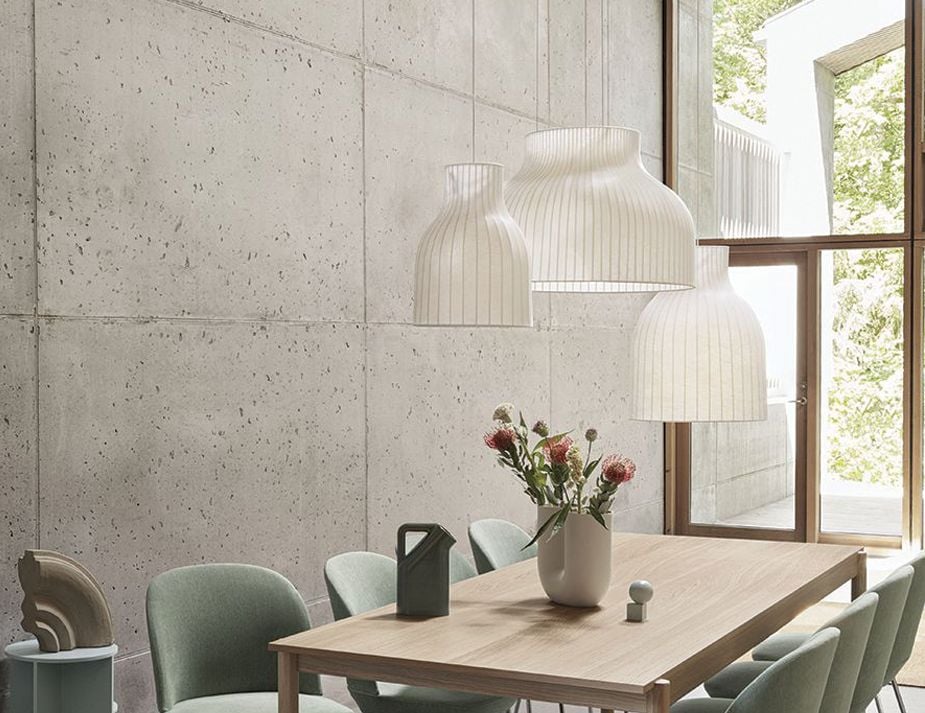
Balancing Natural and Artificial Light
Harmonizing ambient lighting with natural light is key. During the day, complement natural light with softer, artificial sources to maintain a consistent light level. As evening falls, ambient light takes the lead, ensuring your space remains inviting and comfortable.
Creating a Cohesive Ambient Lighting Scheme
For a cohesive look, consider the colour temperature and brightness of your ambient lights. Choose warmer tones for relaxing areas like bedrooms, and cooler tones for work-focused spaces. Ensure your ambient light complements the room’s colour scheme and decor. This unity in design creates a seamless and welcoming environment.
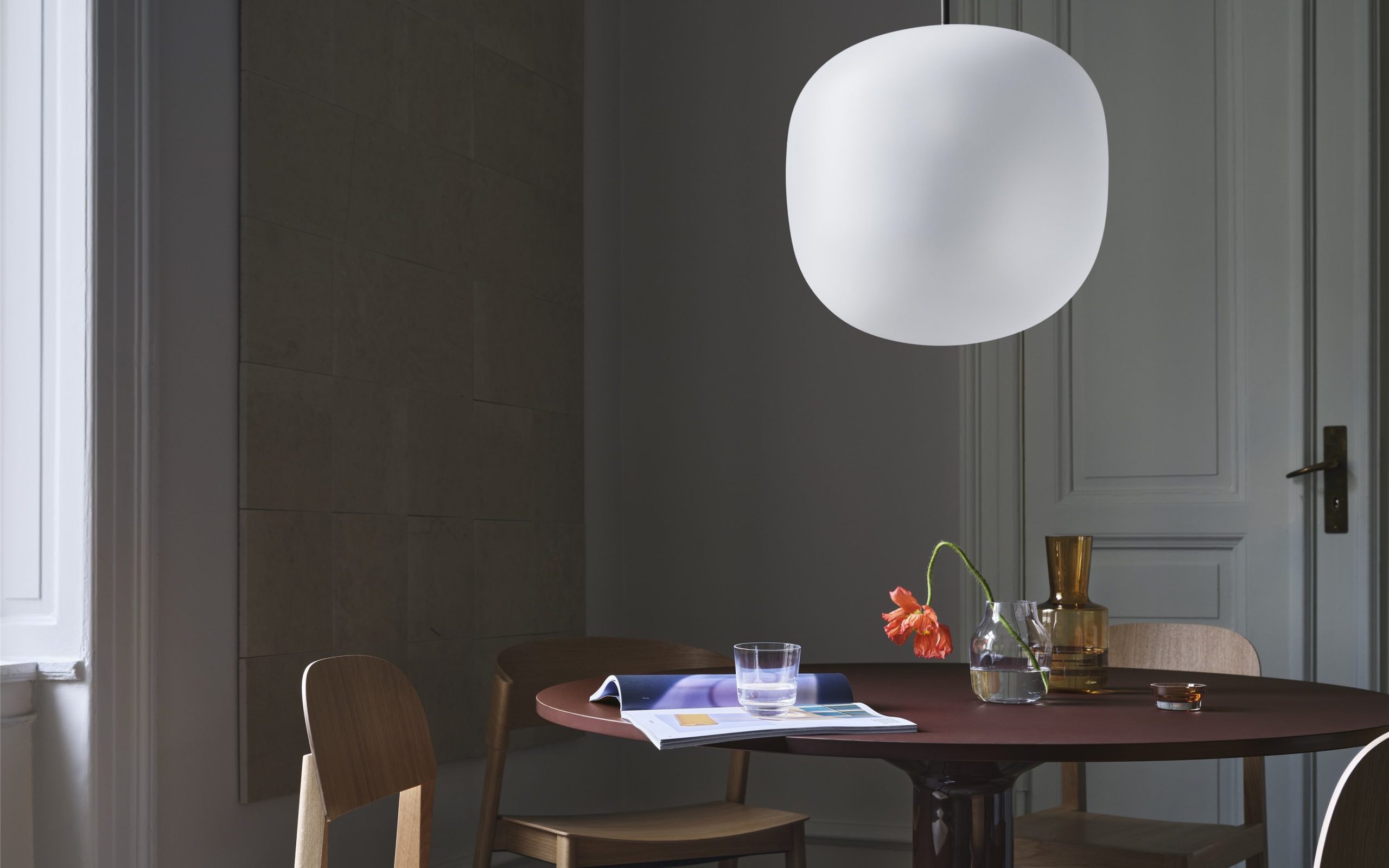
Mastering the Art of Lighting Layering
Layering Lights: A Symphony of Illumination
Layering different types of lighting is crucial in interior design. It’s about creating a harmonious blend of task, accent, and ambient lighting. This approach adds depth, contrast, and character to any space. It’s not just about illumination; it’s about crafting an atmosphere that’s both functional and aesthetically pleasing.
A Cohesive Trio: Task, Accent, and Ambient Together
Imagine a living room. Ambient light from a ceiling fixture sets a relaxed tone. A floor lamp beside a cozy chair provides a task light for reading. Wall sconces add accent light, highlighting artwork. This trio works in concert, offering both functionality and visual appeal.
Common Mistakes While Layering Light
- Too much light can feel overwhelming. Aim for a balanced, subtle effect.
- Consistent colour temperatures across different lights create a cohesive look.
- Dimmers allow for flexibility, adjusting lighting to suit different moods and times of day.
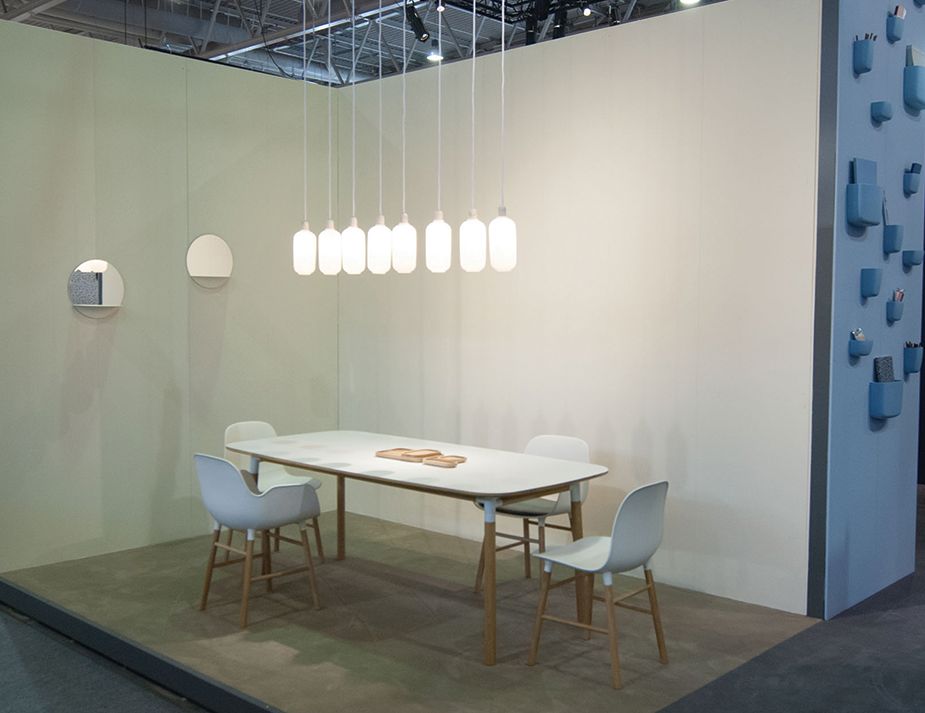
Navigating the Technical Aspects of Lighting
Brightness, Colour Temperature, and Bulb Types Decoded
Understanding the technical side of lighting is key to achieving the perfect ambience. Brightness, measured in lumens, determines how much light a bulb emits. Colour temperature, indicated in Kelvin, affects the warmth or coolness of the light. Bulb types vary from LEDs to halogens, each with unique characteristics. LEDs offer energy efficiency and longevity, while halogens provide intense, warm light.
Energy Efficiency and Cost: Smart Choices for Your Home
Energy-efficient lighting is not just good for the planet; moreover, it’s also cost-effective. For instance, LED bulbs, though initially more expensive, save money in the long run due to their lower energy usage and longer lifespan. Consequently, choosing the right bulb type can significantly reduce your electricity bills and environmental footprint.
The Emerging Role of Smart Lighting Systems
Smart lighting systems revolutionise how we interact with lights. They allow you to control brightness, colour, and even the direction of light with a smartphone or voice assistant. These systems enable easy management of different lighting types, creating custom scenes and schedules. This adaptability enhances both the functionality and ambience of your home.
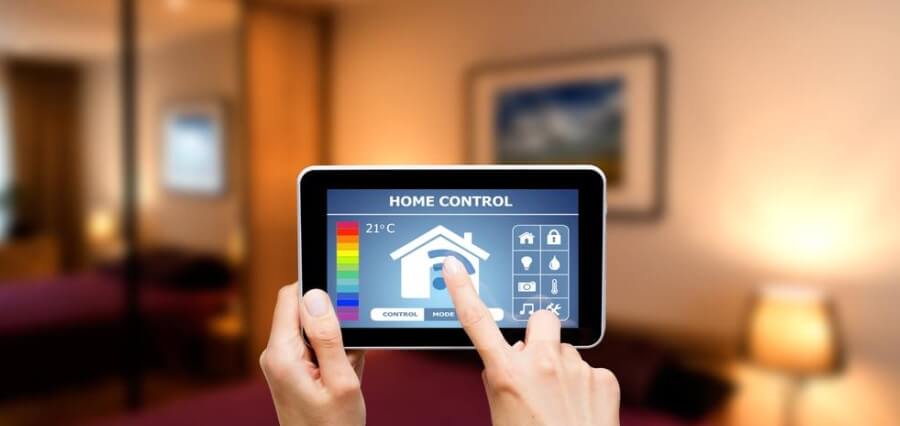
As you experiment with different combinations of lighting, consider the impact of brightness and colour temperature in your space. Remember, well-planned lighting can elevate any room, making it feel larger, cosier, or more luxurious. For a stylish and renowned selection of Scandinavian pendants, table, wall, and floor lamps, explore the offerings at Huset from Muuto and other prestigious Scandinavian brands.
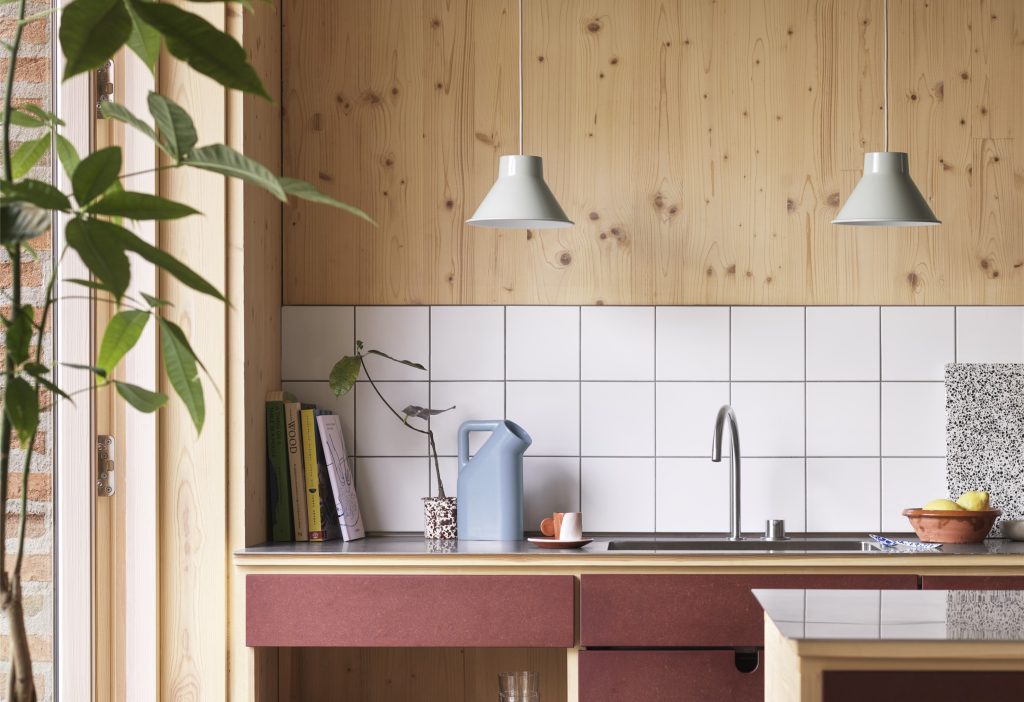
Frequently Asked Questions
Absolutely, LEDs are ideal for task lamps due to their efficiency, durability, and the bright, concentrated light they emit.
A desk lamp is a classic example of task lighting, offering direct light for activities like reading or writing.
When choosing ambient lighting, consider the room’s size, style, and the desired atmosphere. Soft, warm lighting is ideal for relaxing spaces, while brighter lights are better for workspaces.
When laying out lights, consider the function of each room, furniture placement, and the need for different types of lighting. Aim for a balanced distribution of overhead lights, lamps, and accent fixtures.
General lighting provides overall illumination for a space, while task lighting focuses light on specific areas for tasks like reading, cooking, or working.

